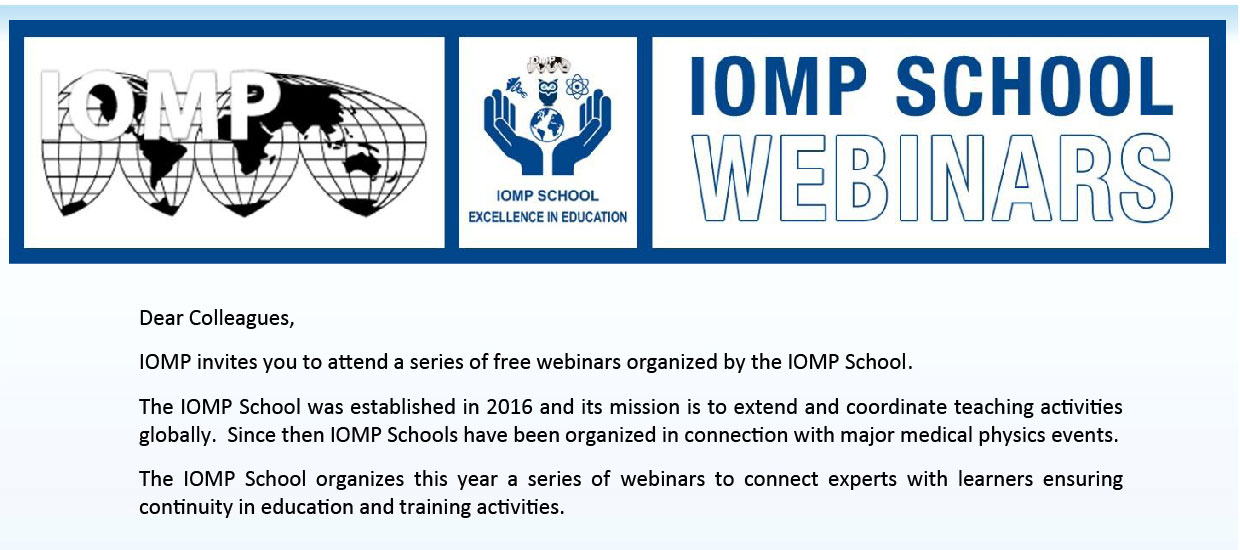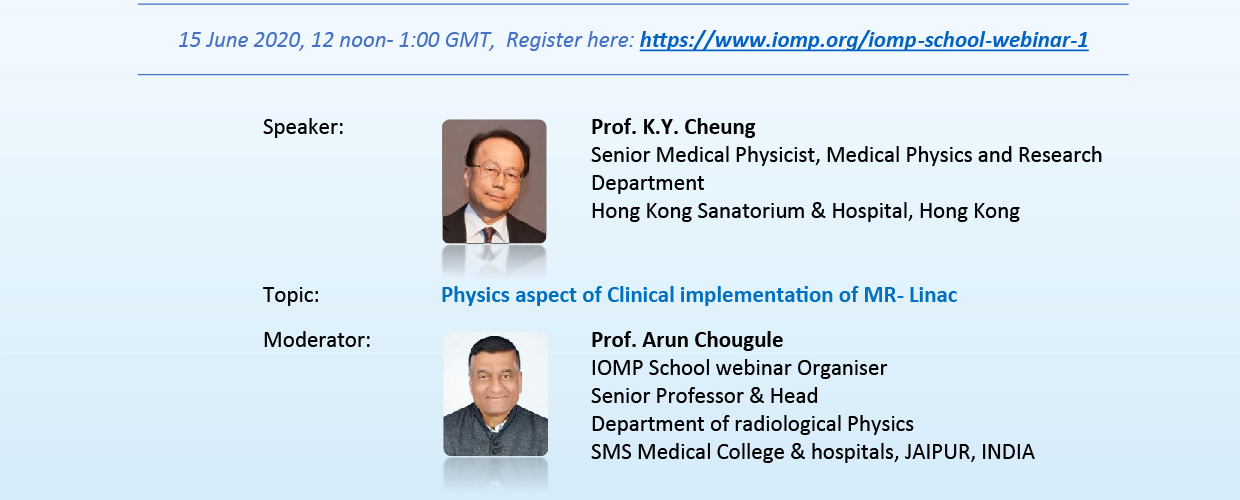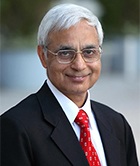
Women in Medical Physics
(on the occasion of the International Women’s Day)
Wednesday, 8th March 2023 at 12 pm GMT; Duration 1 hour
Register here
NEW: CME/CPD credit point shall be awarded for participation in the webinar in full
To check the corresponding time in your country please check this link:
https://greenwichmeantime.com/time-gadgets/time-zone-converter/
Organizer: Magdalena Stoeva and Eva Bezak
Moderator: Loredana Marcu
Title: Improving Women Health: the needs of medical imaging and the IAEA perspective
Speaker: Virginia Tsapaki, PhD

Medical Physicist (Diagnostic Radiology), Dosimetry and Medical Radiation Physics Section, Division of Human Health, Department of Nuclear Applications, International Atomic Energy Agency (IAEA)
Medical Physicist specialised in radiology at the DMRP Section, Division of Human Health, IAEA since August 2019. Since then, involved in multiple regional, national training courses, as well as various missions and activities related to human health. Scientific Secretary of 3 IAAEA publicaitons and contributor to 3 other related guidance documents. From 2004 until 2019, an IAEA expert sent in several missions, analysing data and publishing scientific papers from various IAEA surveys. Clinical experience for approximately 30 years with more than 150 publications in national/international journals/conference proceedings and more than 200 presentations/posters in national/international conferences. Participated in multiple European projects such as the Clinical Diagnostic Reference Levels, ENEN+ project, Basic Safety Standards Transposition project, ENETRAP III, Paediatric Diagnostic Reference Levels, EUTEMPE-RX, EMAN, SENTINEL, DIMOND II/III research projects. Served as a chair or member of committees in international organizations (AAPM, IOMP, EFOMP, ESR, EURAMED). Chair of Organizing committee of 2 European conferences (2016, 2018).
Abstract:
The International Atomic Energy Agency (IAEA) assists Member States in nuclear sciences and applications to benefit human health and to ensure safe, high quality and effective medical uses of radiation. The overall goal of the IAEA Human Health programme is to build capacity and transfer technology for the prevention, diagnosis and treatment of diseases in radiation medicine according to best practices. Various activities to support the above efforts, relevant to improving women health are: a) Guidance documents, training and professional matters; b) Coordinated Research Activities; c) Development of training resources; and d) Clinical audit programmes. All these will be presented in more detail during the session.
Title: Pioneer women in medical physics from the Middle East
Speaker: Huda Al Naemi, PhD

Executive Director, Hamad Medical Corporation, A/Professor, Weil Cornel Medicine, Qatar
Dr. Huda has been working in Hamad Medical Corporation for almost 3 decades and she is the Executive Director of Occupational Health and Safety Department since 2006. Dr. Al Naemi represents Qatar in a number of international and global organizations such as; International Atomic Energy Agency (IAEA), IPEM and World Health Organization (WHO) and implement some of their projects at the national level. Dr. Al Naemi is an active member in many international organizations such as, European Society of Radiology(ESR), American Organization of Physicists in Medicine (AAPM), IOMP, Institute of Physics and Engineering in Medicine (IPEM) and, Gulf Nuclear medicine association.
In 2019 Dr. AlNaemi was appointed as Assistant professor of Medical Biophysics Research in Radiology at Weil Cornel Medicine (WCM). Dr. AlNaemi’s role in WCM is to collaborate in education and training for medical students and to conduct research at the cutting edge of knowledge to provide the highest quality of care to the community. Dr. AlNaemi has collaborated on several research and educational projects including some funded by the Qatar National Research Fund (QNRF) and International Atomic Energy Agency (IAEA). These have led to several peer-reviewed publications, this research focused on radiation dose optimization in imaging modalities for patients including pregnant women and pediatrics. The two projects funded by QNRF were in collaboration with Massachusetts General Hospital and Harvard Medical School USA and Geneva University Hospital Switzerland.
Dr. AlNaemi was elected president of the Middle East Federation of Organization of Medical Physics (MEFOMP) for the term 2018 – 2022 and she is also the president of the Qatar Medical Physics Society (QaMPS) since 2018. As MEFOMP president Dr. AlNaemi led the MEFOMP efforts for the publication of a chapter in a published book on “Medical Physics during the COVID-19 Pandemic. In 2019 Dr. Al Naemi was awarded the Institute of Physics and Engineering in Medicine (IPEM) The Healthcare Gold Medal. In 2017 she was awarded the State Encouragement Award for Medical Sciences Category, Doha Qatar. In 2022 Dr. Huda received an appreciation from IOMP for her strenuous efforts in her work as president of MEFOMP from 2018-2022. In 2022 Dr. Al Naemi has been elected as a regular member of the IDMP, one of the IOMP committees.
Abstract:
Main Objectives
- To Believe in ourselves as women and face the challenges
- To do the maximum energy in work and giving
- To be always optimistic and believe of better future.
Middle Eastern women have a very limited opportunity when it comes to professional career and they are thought to be better off staying at home taking care of the household. Yes indeed, such fact existed in the old days. It has rooted from the very own families of the Arabs and continued in primary school where girls and boys studies separately. There is an opportunity then for women, but it was limited only to teaching and nursing profession. But gone are those days; opportunities have opened for women. Slowly, the colleges started admitting women in the so-called “men field” especially in the healthcare industry.
Eventually, I started work in healthcare as senior radiation physicist then became the Executive Director of Occupational Health and Safety Department where I direct various health and safety sections including the Radiation Safety Section which was later named as Medical Physics Section. Being the only Medical Physicist in Qatar then, I represented the country internationally and had the opportunity to work with various international organizations such as WHO, IAEA, UNEP to name a few, and has implemented some of their projects at the national level. It has always been my aspiration to further the advancement of the medical physics profession locally and regionally. I established the Qatar Society of Medical Physics (QSMP) and co-founded the Middle East Federation of Medical Physics (MEFOMP) which I also became the President in 2018-2021.
Title: Wearing more than one hat – is this the new fashion trend for women in medical physics?
Speaker: Iuliana Toma-Dasu, PhD

Medical Radiation Physics Division, Stockholm University and Karolinska Institutet, Cancer Center Karolinska, 171 76 Stockholm
Iuliana Toma-Dasu is Professor in Medical Radiation Physics and the Head of the Medical Radiation Physics division at the Department of Physics, Stockholm University, affiliated to the Department of Oncology and Pathology at Karolinska Institutet in Stockholm, Sweden, and the Editor in Chief of Physica Medica – European Journal of Medical Physics.
Iuliana Toma-Dasu studied Medical Physics at Umeå University, Sweden, where she also became a certified medical physicist and received a Ph.D. degree. In parallel with her involvement in the educational program for the medical physicists run at Stockholm University, her main research interests focus on biologically optimised adaptive radiation therapy, including particle therapy, modelling the tumour microenvironment and the risks from radiotherapy.
Abstract:
Achieving gender equality has been one of the objectives of the medical physicists’ community in many European countries, as well as in many other places around the world. This objective has been partially reached, nowadays women in the medical physics being much less underrepresented than in other physics fields. Becoming a medical physicist and performing clinical duties is, therefore, possible for many women due to the various strategies developed and implemented at institutional, national or international levels within the professional associations under the IOMP umbrella. Reaching, however, higher positions in the hierarchy on either clinical or academic side in medical physics is still a considerable challenge for women compared to men. The question therefore is: how many hats should a woman wear, how many accolades should she receive, how many merits should she prove, to be regarded as successful in medical physics and accede to a leading position? This talk would attempt to answer some of these questions while highlighting the importance of successful women in medical physics to share their experience to inspire others and help the policy makers develop the most successful strategies to continue the work towards offering the same opportunities to all genders in the medical physics field.
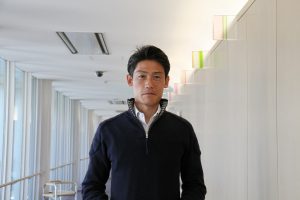

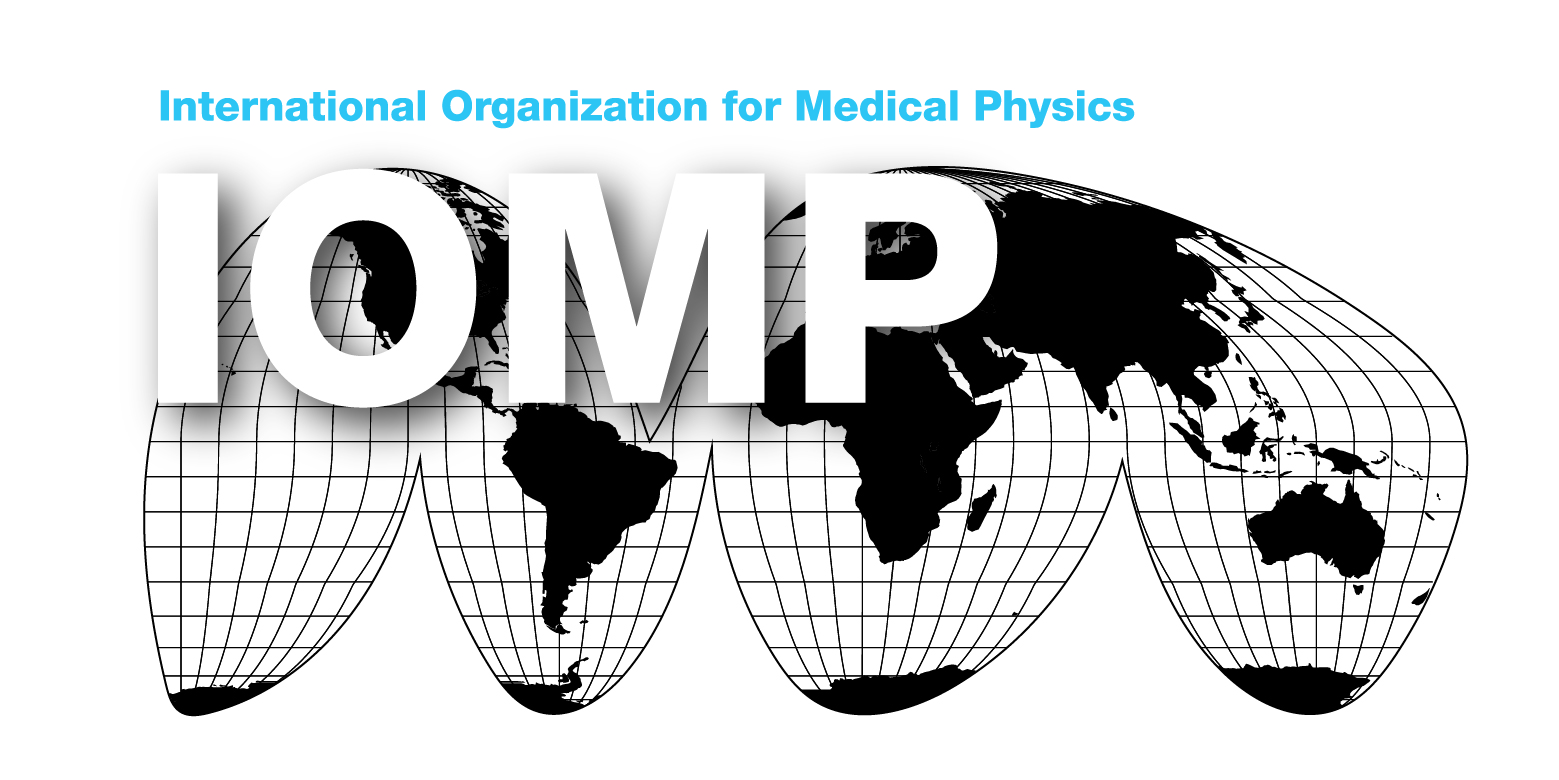
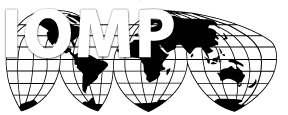







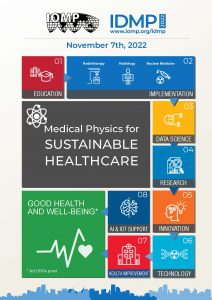
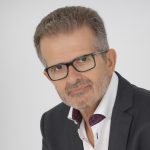
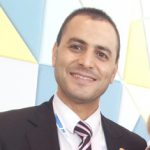

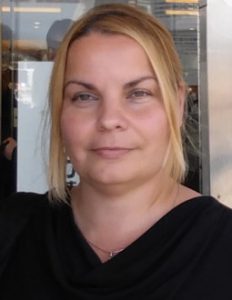
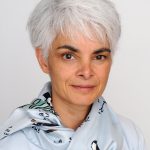
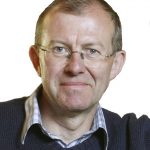
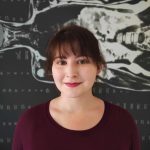


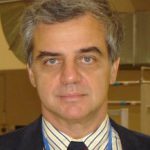
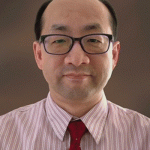
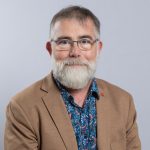
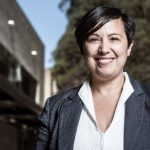


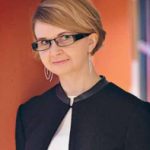
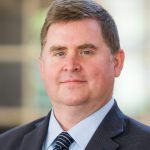

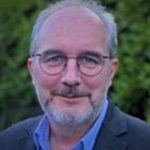





 Professor Joan Leach
Professor Joan Leach Jeanne Erdmann
Jeanne Erdmann Peter Rickwood
Peter Rickwood Speaker biosketch:
Speaker biosketch: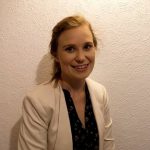 Suzy Lydiard is a part-time PhD student at the ACRF ImageX Institute, University of Sydney, supervised by Prof. Paul Keall. Her PhD is investigating cardiac radioablation for atrial fibrillation, a new and developing non-invasive treatment alternative for the most common sustained cardiac arrhythmia. Her work is specifically evaluating the feasibility of an MRI-guided treatment on an MRI-Linac using non-invasive target tracking and MLC tracking. Suzy is also working as a clinical Radiation Oncology Medical Physicist at the Kathleen Kilgour Centre, New Zealand.
Suzy Lydiard is a part-time PhD student at the ACRF ImageX Institute, University of Sydney, supervised by Prof. Paul Keall. Her PhD is investigating cardiac radioablation for atrial fibrillation, a new and developing non-invasive treatment alternative for the most common sustained cardiac arrhythmia. Her work is specifically evaluating the feasibility of an MRI-guided treatment on an MRI-Linac using non-invasive target tracking and MLC tracking. Suzy is also working as a clinical Radiation Oncology Medical Physicist at the Kathleen Kilgour Centre, New Zealand.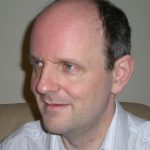 John Shakeshaft currently works as the site-senior physicist at Gold Coast University Hospital within the ICON Cancer Care network. He has previously worked with both small and large radiation oncology departments across Australia and the UK (where he trained). He is the current chair of the Australasian College of Physical Scientists & Engineers in Medicine (ACPSEM) Radiation Oncology Specialist Group.
John Shakeshaft currently works as the site-senior physicist at Gold Coast University Hospital within the ICON Cancer Care network. He has previously worked with both small and large radiation oncology departments across Australia and the UK (where he trained). He is the current chair of the Australasian College of Physical Scientists & Engineers in Medicine (ACPSEM) Radiation Oncology Specialist Group.

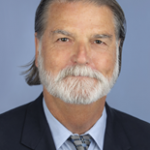
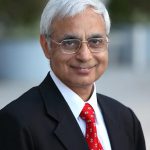

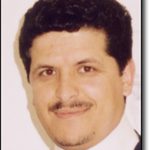
 Dr. Ola Holmberg is the Head of the Radiation Protection of Patients Unit at the International Atomic Energy Agency (IAEA), Vienna, Austria since the last 12 years – an organization within the United Nations family. He is a medical physicist who has previously worked in Sweden, Ireland, the Netherlands and Denmark.
Dr. Ola Holmberg is the Head of the Radiation Protection of Patients Unit at the International Atomic Energy Agency (IAEA), Vienna, Austria since the last 12 years – an organization within the United Nations family. He is a medical physicist who has previously worked in Sweden, Ireland, the Netherlands and Denmark.
 Paddy Gilligan works as chief physicist in the Mater Private Hospital in Dublin Ireland. He has
Paddy Gilligan works as chief physicist in the Mater Private Hospital in Dublin Ireland. He has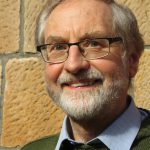 Dr Colin Martin worked as a hospital-based Medical Physicist in Radiation Protection in Glasgow and Aberdeen, Scotland for over 30 years. He has now retired from the NHS but is an honorary senior lecturer for the University of Glasgow. Colin is Vice-Chair of ICRP Committee 3 (Protection in Medicine), chairs two ICRP Task groups and is a member of several others. He is a member of various UK and EU working parties, COMARE, which advises the UK government on medical uses of radiation, and he has chaired two IAEA Technical Meetings on avoidance and prevention of radiation incidents in medicine. His research interests include radiation protection, diagnostic radiology, radiation dosimetry, and non-ionising physics. He has co-authored/edited several textbooks on radiation protection, written over 300 articles including 150 papers in peer reviewed scientific journals. Colin is a member of Editorial Boards for the Journal of Radiological Protection and Radiation Protection Dosimetry.
Dr Colin Martin worked as a hospital-based Medical Physicist in Radiation Protection in Glasgow and Aberdeen, Scotland for over 30 years. He has now retired from the NHS but is an honorary senior lecturer for the University of Glasgow. Colin is Vice-Chair of ICRP Committee 3 (Protection in Medicine), chairs two ICRP Task groups and is a member of several others. He is a member of various UK and EU working parties, COMARE, which advises the UK government on medical uses of radiation, and he has chaired two IAEA Technical Meetings on avoidance and prevention of radiation incidents in medicine. His research interests include radiation protection, diagnostic radiology, radiation dosimetry, and non-ionising physics. He has co-authored/edited several textbooks on radiation protection, written over 300 articles including 150 papers in peer reviewed scientific journals. Colin is a member of Editorial Boards for the Journal of Radiological Protection and Radiation Protection Dosimetry.
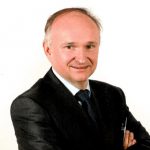 Dr Bernard le Guen is the IRPA President for 2021-2024 and was the IRPA Executive officer since 2012. Bernard le Guen is a medical Doctor (MD) and specialising in occupational medicine, in medical biology and in Radiation Protection. He is a senior fellow expert for Radiation Protection and Health for the EDF group. He is Chairman of the CEPN Governing Board (Nuclear Health Physics Research Centre) which assesses measures taken to protect the public from hazards associated with ionising radiation (technical, economic, social and health-related aspects). He received 2 awards from the American HPS in recognition of his contribution to radiation protection, the R.S. Landauer Award in 2011 and the William Morgan Award in 2019 . He launched an IRPA international initiative on Radiation Protection Culture in 2008, published an IRPA guidance on this subject in 2014 and is one of the co –author of the new common guidance on Safety Culture in Health Care.
Dr Bernard le Guen is the IRPA President for 2021-2024 and was the IRPA Executive officer since 2012. Bernard le Guen is a medical Doctor (MD) and specialising in occupational medicine, in medical biology and in Radiation Protection. He is a senior fellow expert for Radiation Protection and Health for the EDF group. He is Chairman of the CEPN Governing Board (Nuclear Health Physics Research Centre) which assesses measures taken to protect the public from hazards associated with ionising radiation (technical, economic, social and health-related aspects). He received 2 awards from the American HPS in recognition of his contribution to radiation protection, the R.S. Landauer Award in 2011 and the William Morgan Award in 2019 . He launched an IRPA international initiative on Radiation Protection Culture in 2008, published an IRPA guidance on this subject in 2014 and is one of the co –author of the new common guidance on Safety Culture in Health Care. Dr María del Rosario Pérez is a physician who worked in the field of radiation protection for more than 3 decades. She received her M.D. in 1980 from the School of Medicine of the Buenos Aires University (Argentina). She completed her professional education on Diagnostic Imaging and Radiotherapy and worked as radiation oncologist at a public hospital until 1990. After obtaining a post-graduate diploma on Radiation Protection and Nuclear Safety she worked at the National Atomic Energy Commission (CNEA) and the Nuclear Regulatory Authority (ARN). Since 2007 she works at the WHO Radiation and Health Unit in Geneva (Switzerland). She represents WHO at the United Nations Scientific Committee on the Effects of Atomic Radiation (UNSCEAR), the IAEA Radiation Safety Standards Committee (RASSC), the International Commission on Radiological Protection (ICRP), the EC Art 31 Group of Experts and the Inter-Agency Committee on Radiation Safety (IACRS), which she is currently chairing.
Dr María del Rosario Pérez is a physician who worked in the field of radiation protection for more than 3 decades. She received her M.D. in 1980 from the School of Medicine of the Buenos Aires University (Argentina). She completed her professional education on Diagnostic Imaging and Radiotherapy and worked as radiation oncologist at a public hospital until 1990. After obtaining a post-graduate diploma on Radiation Protection and Nuclear Safety she worked at the National Atomic Energy Commission (CNEA) and the Nuclear Regulatory Authority (ARN). Since 2007 she works at the WHO Radiation and Health Unit in Geneva (Switzerland). She represents WHO at the United Nations Scientific Committee on the Effects of Atomic Radiation (UNSCEAR), the IAEA Radiation Safety Standards Committee (RASSC), the International Commission on Radiological Protection (ICRP), the EC Art 31 Group of Experts and the Inter-Agency Committee on Radiation Safety (IACRS), which she is currently chairing.
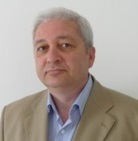

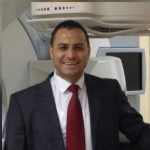

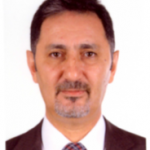
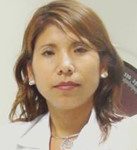
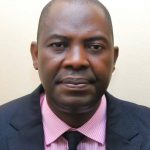

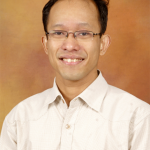
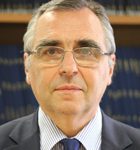
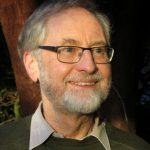
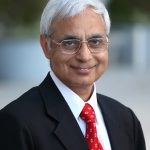 Dr. Madan M. Rehani is Director, Global Outreach for Radiation Protection at the Massachusetts General Hospital, Boston, USA. He is President, International Organization for Medical Physics (2018-2021). He was earlier Radiation Safety Specialist at the International Atomic Energy Agency for 11 years and prior to that Professor and Head of Medical Physics at the All India Institute of Medical Sciences, New Delhi, India. Dr. Rehani is a Member, International Commission on Radiological Protection (ICRP). He is author of 8 Annals of ICRP, 4 of which as Chair of the Task Group. He is Senior editor BJR, Assoc Editor Medical Physics. He has more than 155 publications, has written 39 chapters in Books and has edited 5 books. He has published papers in high impact factor journals e.g. JAMA Intern Med, Br Med J, Eur Heart J, Cardiovascular Imaging, Am J Gastroenterol, Circulation J, The Lancet.
Dr. Madan M. Rehani is Director, Global Outreach for Radiation Protection at the Massachusetts General Hospital, Boston, USA. He is President, International Organization for Medical Physics (2018-2021). He was earlier Radiation Safety Specialist at the International Atomic Energy Agency for 11 years and prior to that Professor and Head of Medical Physics at the All India Institute of Medical Sciences, New Delhi, India. Dr. Rehani is a Member, International Commission on Radiological Protection (ICRP). He is author of 8 Annals of ICRP, 4 of which as Chair of the Task Group. He is Senior editor BJR, Assoc Editor Medical Physics. He has more than 155 publications, has written 39 chapters in Books and has edited 5 books. He has published papers in high impact factor journals e.g. JAMA Intern Med, Br Med J, Eur Heart J, Cardiovascular Imaging, Am J Gastroenterol, Circulation J, The Lancet.

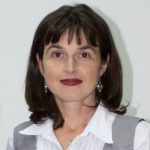 Loredana G. Marcu is Professor of Medical Physics at the University of Oradea, Romania and Adjunct Professor at School of Health Sciences, University of South Australia. She is a radiotherapy medical physicist, being educated and trained in Adelaide, South Australia. Her current research interests cover in silico modelling of tumour growth and response to treatment, radiobiology, targeted therapies, and the risk of second cancer after radiotherapy. She has published 15 books/book chapters on physics, radiotherapy and radiobiology and over 100 scientific papers. Loredana Marcu is involved in several professional activities within EFOMP and IUPESM.
Loredana G. Marcu is Professor of Medical Physics at the University of Oradea, Romania and Adjunct Professor at School of Health Sciences, University of South Australia. She is a radiotherapy medical physicist, being educated and trained in Adelaide, South Australia. Her current research interests cover in silico modelling of tumour growth and response to treatment, radiobiology, targeted therapies, and the risk of second cancer after radiotherapy. She has published 15 books/book chapters on physics, radiotherapy and radiobiology and over 100 scientific papers. Loredana Marcu is involved in several professional activities within EFOMP and IUPESM. Speaker: Prof. Colin G. Orton, Ph.D.
Speaker: Prof. Colin G. Orton, Ph.D. Dr Johan Verjans
Dr Johan Verjans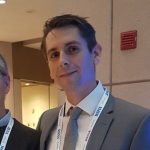 Dr Price Jackson
Dr Price Jackson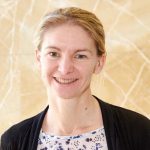 A/Prof Lois Holloway
A/Prof Lois Holloway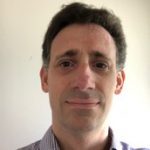 Dr Jonathan Sykes
Dr Jonathan Sykes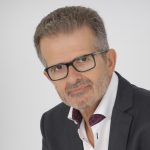
 Arman Rahmin is Associate Professor of Radiology and Physics at the University of British Columbia (UBC), as well as Senior Scientist and Provincial Medical Imaging Physicist at BC Cancer, Vancouver, Canada. He received his PhD in medical imaging physics at UBC. Following doctoral studies, he was recruited by Johns Hopkins University (JHU) to lead the high-resolution brain PET imaging physics program and to pursue research at the JHU Department of Radiology. In 2018, he was recruited back to Vancouver, where he leads the provincial molecular imaging and therapy physics program and his lab (
Arman Rahmin is Associate Professor of Radiology and Physics at the University of British Columbia (UBC), as well as Senior Scientist and Provincial Medical Imaging Physicist at BC Cancer, Vancouver, Canada. He received his PhD in medical imaging physics at UBC. Following doctoral studies, he was recruited by Johns Hopkins University (JHU) to lead the high-resolution brain PET imaging physics program and to pursue research at the JHU Department of Radiology. In 2018, he was recruited back to Vancouver, where he leads the provincial molecular imaging and therapy physics program and his lab (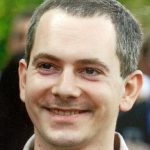 Mathieu Hatt is a computer scientist. He received his PhD in 2008 and his habilitation to supervise research in 2012. His main skills and expertise lie in radiomics, from automated image segmentation to features extraction, as well as machine (deep) learning methods, for PET/CT, MRI and CT modalities. He is an elected member of the EANM physics committee, the SNMMI physics, data science and instrumentation council board of directors, and the IEEE nuclear medical and imaging sciences council.
Mathieu Hatt is a computer scientist. He received his PhD in 2008 and his habilitation to supervise research in 2012. His main skills and expertise lie in radiomics, from automated image segmentation to features extraction, as well as machine (deep) learning methods, for PET/CT, MRI and CT modalities. He is an elected member of the EANM physics committee, the SNMMI physics, data science and instrumentation council board of directors, and the IEEE nuclear medical and imaging sciences council.
